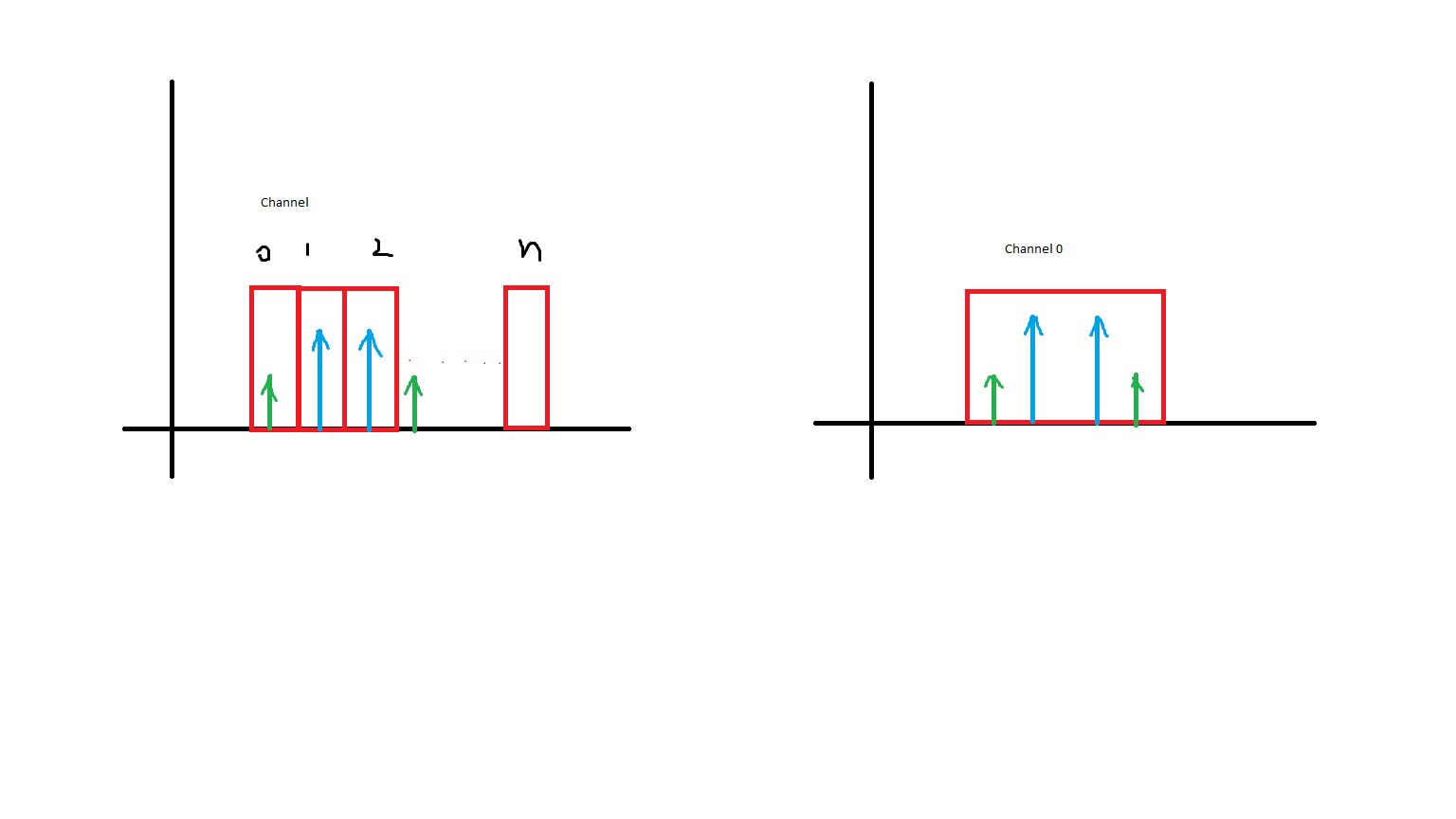How does intermodulation affect receiver system?
In receiver design, we care very much about linearity and the IIP3 of the receiver must satisfy some requirements. But how is intermodulation affecting the receiver system?
I saw from the BLE 4.2 document that for bluetooth receiver, to measure the IIP3, if the desired frequency is f0, the two tone signals f1 and f2 must be chosen that 2*f1-f2 = f0 or 2*f2 - f1 = f0, which means that the 3rd order intermodulation product of f1 and f2 will fall into f0. I think it's kind of like simulating three channels in the band. if f0, f1, f2 correspond to channel 0,1,2, the intermodulation product of channel 1 and 2 will fall into channel 0 and can't be filtered out.
So, should we consider the intermodulation product of channel 1 and 2 as noise for channel 0? Which means that if we are seeking a SNR of 10dB, the power of intermodulation product that falls into channel 0 must be 10dB lower than the power of the received signal of channel 0?
Another question is, what about channel 0 itself? In my view, for channel 0 itself, ideally the signal should be handled in the Spurious Free Dynamic Range of the receiver, which means that the system can be considered to be linear. So the 3rd order product generated by the channel itself should always be below the noise floor. Is it correct?
We can look at the example below.

I think we should design the receiver that the green tone of the right figure is below noise floor, so that the receiver is working in its SFDR. But if the green tone of the right picture is below noise floor, why isn't the green tone of the left figure also below the noise floor?
Or, is it okay that the green tone of the right figure is above the noise floor, but its power is 10 dB or more lower than the blue tone?(Say that our desired SNR is 10dB)
Hope that I described the question clearly. I think every requirement for receiver in the official document must has some reason, or it must be simulating some real cases.
Indeed...
The main concern of intermodulation is reducing the receiver sensitivity.
To understand how intermodulation level is measured:
- the receiver is tuned on one of the frequencies of the IM products (e.g. left green arrow, right picture), and a sensitivity test is performed.
- after finding the minimum sensitivity level, increase the levels of the two-tones (blue arrows) until the sensitivity drops (usually by 3dB).
Higher the two-tone level (for a 3dB drop) means higher receiver intermodulation performance.
The system specs generally mention the two-tone maximum levels function of potential in-band interferers.
Thanks!
Can I understand it as IM product of channel 1 and 2 will rise up the noise floor of channel 0, which degrades the sensitivity at channel 0?
Yes, you can say in this way...
